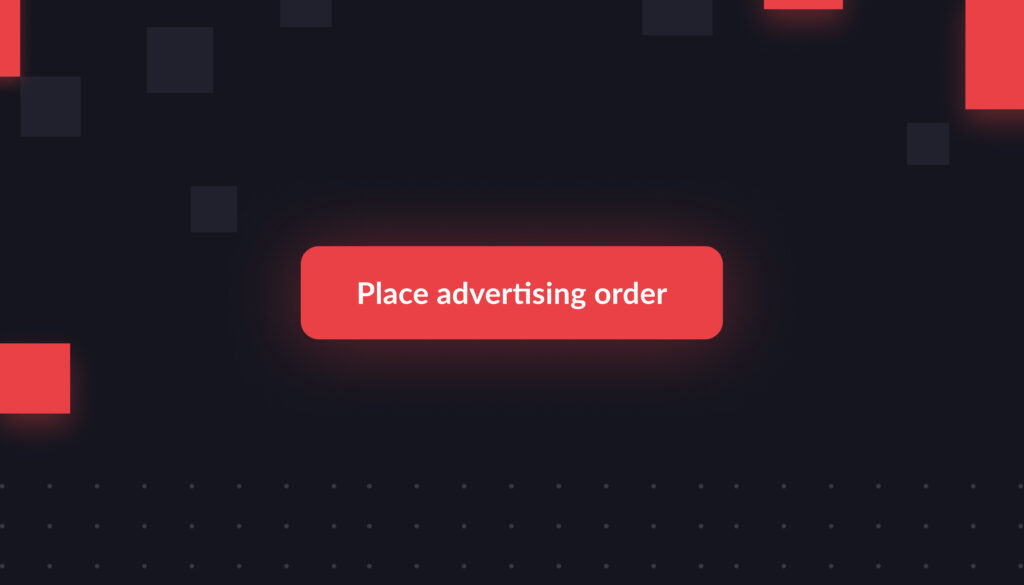Lately, we have heard from a lot of brands who are considering taking their ad management in house.
But to run your ads well internally, you need to make the right long-term resource commitments.
Agencies play a critical role in our ecosystem, offering the built-in resources, experience, and expertise to run your ads.
Switching away from an agency is not a decision you should make lightly.
That said, if you are seriously considering taking your ads in house, we built a checklist of everything you need to account for.
We discussed this briefly in our recent mailbag newsletter, but we thought it was such an important question that we wanted to expand on our thoughts.
Checklist: The capabilities you need to manage your ads in-house
We wouldn’t consider taking your ad management in-house until you have all of the following in place. There are three parts:
#1. People
✅ Develop your bench strength. To run your ads internally, you need deep expertise and some bench strength. That’s essential for protecting against attrition.
You need to have a plan in place for when that critical ad manager leaves for another job.
The solution: You should ensure that ad management expertise is spread out to more people in the company. Invest in learning and development across your company, so you have other employees who can step in and help if your primary ad manager leaves.
✅ Continue to leverage external partners. Even if you decide to manage your ads on your own, you should retain a relationship with outside experts.
To get external expertise, have an agency or tool provider conduct periodic audits of your ad system. Collaborating with an outside expert also makes it easier if you do lose a key employee.
That external person could step in and help ease the transition until you find someone new.
✅ Stay in the loop about ad updates. Amazon and Walmart each are constantly updating their ads and reporting processes, and you need to be sure you are capable of quickly integrating these updates into your ad strategy.
First: Stay in the loop by following experts on social and staying up to date on your certifications.
Second: Invest in building new skills for your employees, so they can be ready to take on new tools. As just one example: Run SQL trainings so you can be sure your team is capable of leveraging AMC.
#2. Process
✅ Create a standard operating procedure for recurring activities. It is critical to have standard operating procedures (SOPs) for recurring tasks. These tasks include troubleshooting performance, budget forecasting, executing for sales events, and more.
Not having well-defined SOPs can make a lot of these activities time intensive and ineffective.
To take one example: Let’s say your ACOS suddenly went up. What’s your plan for figuring out what happened?
The explanation for a revenue or spend or ACOS swing isn’t always easily deduced. You need a clear process for troubleshooting performance issues. Otherwise, your team might sink all of its time into figuring out what happened.
✅ Plan for sales events. Prime Day, Black Friday, and other big sales events form a vital part of your growth strategy.
You should also have SOPs in place for figuring out which deals you want to run, how you want to monitor the performance of those deals, and more.
#3. Tools
✅ Choose a bid management system. You’re going to need a solid plan for how you’re going to manage your bids. Will you opt for an AI-based approach that changes your bids for you? Or are you going to build out a series of rules that change your bids according to pre-scripted criteria?
Or maybe you want to do both, as we discussed in a recent webinar?
Either way, you have to come in with a plan.
✅ Have a sound data strategy. Your advertising performance is driven by a number of factors within and outside of advertising. The ability to collect all the necessary data from Amazon, analyze it, and take action is essential.
Have a plan in place to build and execute an internal data strategy. But keep in mind that this does not mean all the necessary tools have to be built in-house.
Partnering with tech partners like Intentwise will help accelerate your path to a robust data/reporting stack.
In summary: Managing ads in-house is a long-term commitment
If you decide to build an in-house ad system, be patient, and give yourself the time and resources it requires.
We find that it usually takes brands 6-12 months to get their in-house ad business well-oiled and stable.
(Want more content like this? Be sure to subscribe to our newsletter.)








